
Editor's Note: This story originally appeared on The Zebra.
In order to meet our society’s growing water needs, we’re going to have to make changes to our everyday habits. Before the coronavirus pandemic, the average American family was already using more than 300 gallons of water a week. Now, as many of us are spending more time at home, we’re using even more resources to keep our households running.
While cooking at home is a great money saver and shelter-in-place activity, it also means more dishes to clean. If you do venture out, it’s a good idea to shower as soon as you get home to protect yourself from viruses, but this also means excessive water use.
Conserving water at home protects the environment, and energy-efficient solutions and appliances can save you money on your home insurance policy. Read on to discover a number of ways to conserve water at home.
1. Run a full dishwasher without handwashing

Energy Star-certified dishwashers are 30% more water-efficient than other models. Pre-washing dishes isn’t required with most modern dishwashers, so skip this step to save even more water when you wash.
If you ditch handwashing and run full loads of dishes instead, you can save 7,000 gallons of water annually. You’ll also get back time and energy to spend on another post-dinner activity – here are some quarantine hobbies to try at home.
2. Compost to reduce disposal use
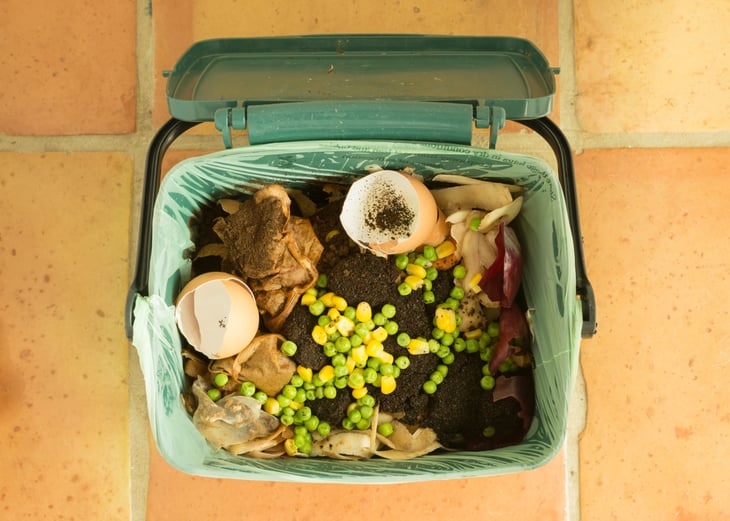
Save water in both your kitchen and on your lawn by composting kitchen scraps at home. Eggshells and leftover vegetables can skip the garbage disposal and go straight to your compost bin instead (no faucet required).
Composting is a fully customizable, at-home project, and the end result is a healthy soil feeder for your plants. This crumbly topsoil increases the water-holding capacity of sandy soils, ultimately requiring less water for your yard or garden bed.
3. Reuse cooking water
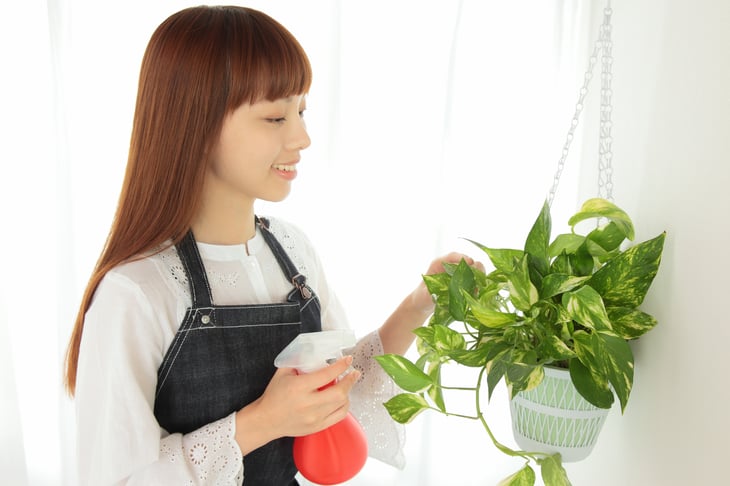
Rather than tossing pasta or cooking water after use, reuse it for your next batch of cooking or water your plants with it instead! Pasta water is especially safe to save and reuse, and adds complexity and richness to your noodles.
You should also save the water you use to wash fruits and vegetables during food preparation. This water makes great plant food for indoor plants or your garden bed.
4. Steam rather than boil vegetables
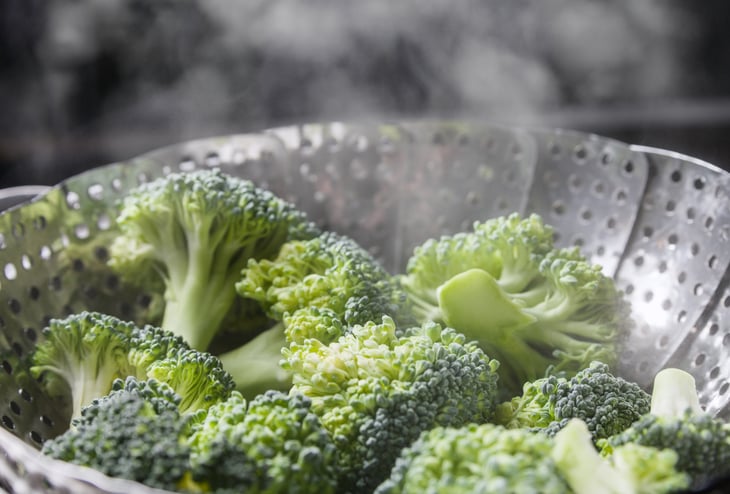
Steaming your vegetables saves water and makes your vegetables more nutrient-rich. This is because boiling water causes nutrients to leak out, making your veggies less healthy in the process.
5. Soak rather than rinse your pots and pans
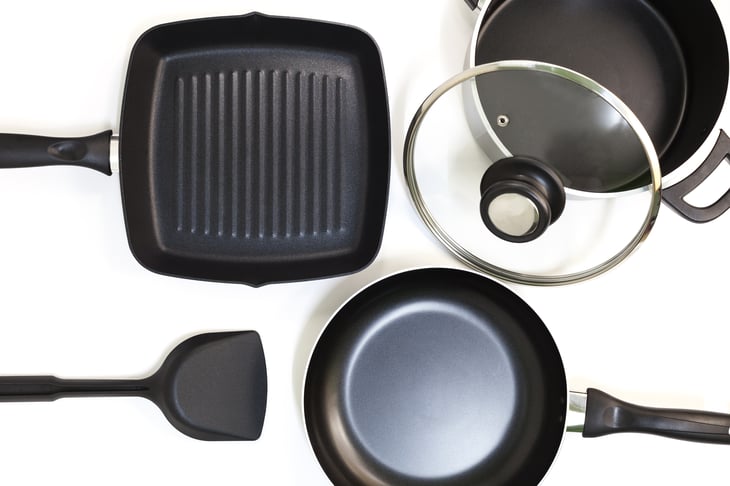
For items too big or dirty to make it into the dishwasher, skip the rinse and soak them to remove food buildup and stains. Rinsing your pots and pans requires running water, which can waste 147 gallons of water per week.
6. Take quick showers rather than baths

Bad news for tub enthusiasts: A full bath uses up to 70 gallons of water. On the other hand, short showers can cut up to 45 gallons of that waste. Please, by all means, keep rinsing off — just replace that 30-minute soak with a 10-minute shower.
7. Turn off the faucet as you brush

While brushing your teeth twice a day is important (and we can’t emphasize this enough), turning the faucet off during your teeth cleaning can save 10 gallons of water per day. Use a cup, rather than your hands, to rinse your mouth out once you’ve finished brushing to save even more water.
8. Only flush when necessary
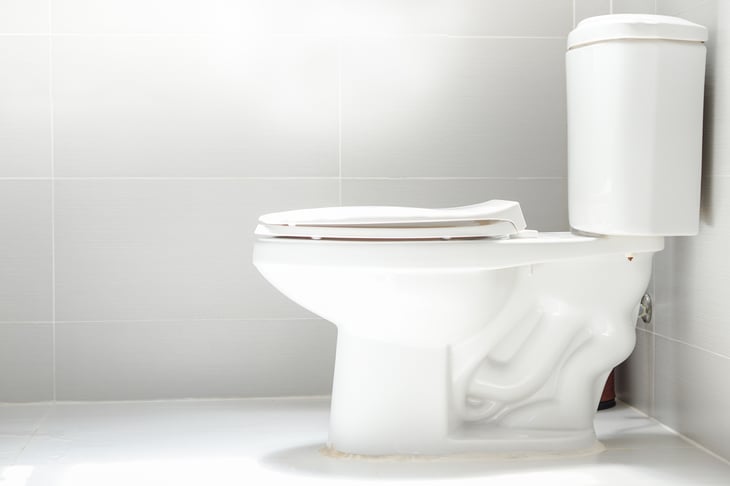
Did you know that the average American uses the most water when flushing the toilet each day? Experts recommend only flushing No. 2, but if that doesn’t fit your comfort level just avoid discarding random items down the toilet. Stick to only human waste and toilet paper.
9. Install a high-efficiency toilet

Older toilets use anywhere from 3.5 to 7 gallons of water per flush. If you’re flushing 10 times a day, that’s up to 70 gallons of water per day from your toilet alone. Installing a high-efficiency toilet cuts this water use down to 1.28 gallons or less per flush.
10. Check pipes and appliances for leaks regularly
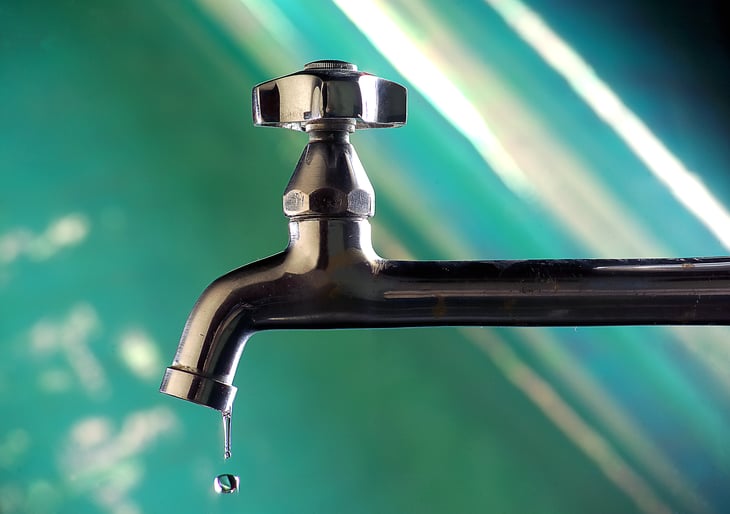
Don’t waste 105 gallons of water on leaky bathroom appliances. These appliances or pipes leaks are a major waste of water, and the worst part is that you’re not aware you’re using it.
11. Use cold water for your washes

Ninety percent of energy during the laundry process is used heating the water. Opting for washing in cold water whenever possible, and warm when some heat is necessary, will save on energy costs.
Turning down your hot water tank is another good way to conserve energy: Try setting it to 120 degrees or lower. A household can save $40 annually by making the switch from hot to cold water washes.
12. Run full loads
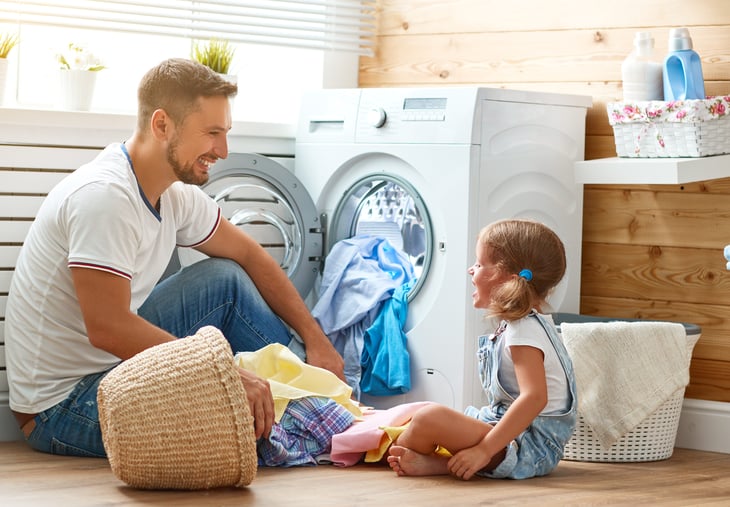
Resist the urge to run a laundry load when you have only a few dirty items. Running full loads instead of half loads can save 3,400 gallons of water annually, according to the EPA. This habit also requires less work and time in the laundry room.
13. Reuse towels before washing
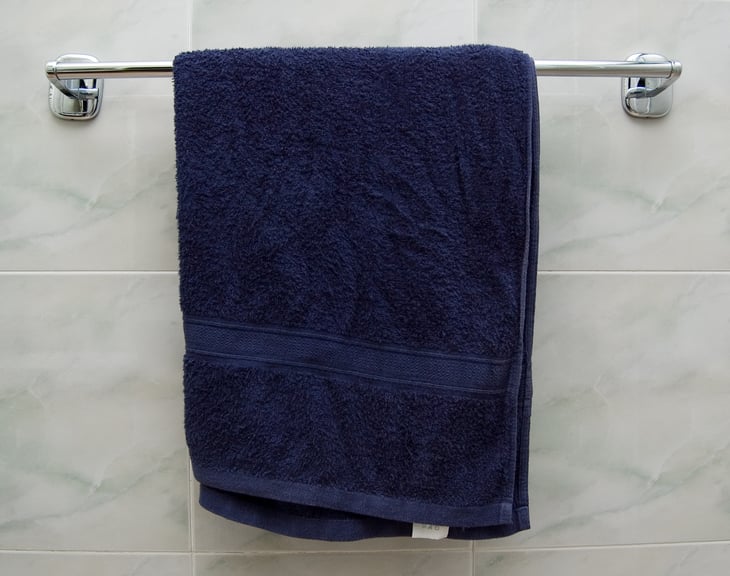
Reuse bath and hand towels two or three times before tossing them in the laundry, hanging them to dry in between washes. Blue jeans are another item that doesn’t need to be constantly washed. In fact, they’ll likely last longer the less they see the washing machine.
14. Upgrade your appliances
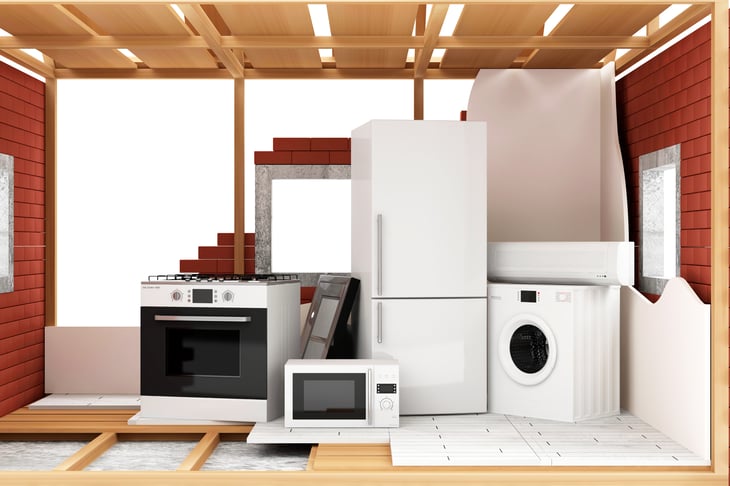
A household saves $380 per year by upgrading to Energy Star and/or WaterSense appliances, plus sometimes rebates are available.
Take the laundry room, for example. Energy-efficient washers can save up to 7,000 gallons of water per year. High-efficiency water heaters use up to 50 percent less energy.
15. Hang your clothes on a drying rack

Saving energy saves water, too. Hanging your clothes is a great way to both limit your dryer usage and prevent shrinkage.
16. Maintain your irrigation system
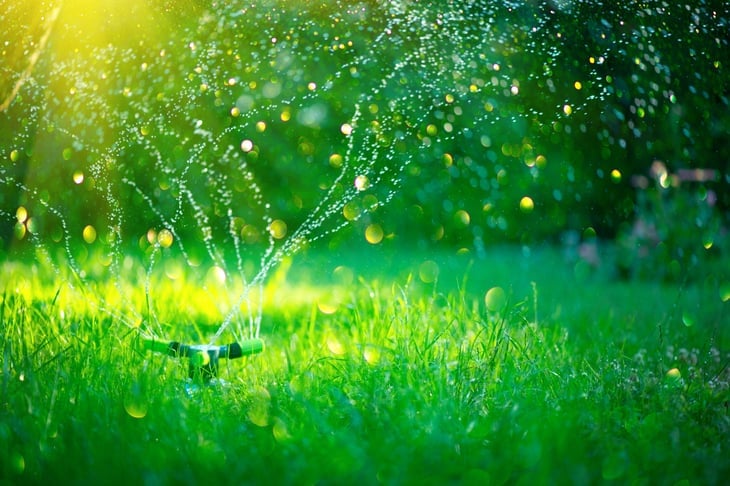
Up to 50% of outdoor home water use is lost due to wind, evaporation and runoff caused by inefficient irrigation methods. Save up to 146 gallons of water per week by checking on your irrigation system monthly.
You should also adjust your irrigation schedules depending on the time of year, running sprinklers less frequently in the winter months. Another trick is to run your sprinklers in the morning to lose less water to evaporation.
17. Plant native and drought-tolerant plants

Spend less time and energy watering your lawn by making smart plant purchases. A little bit of research can go a long way to find the best native and/or drought-tolerant plants.
Drought-resistant plants, such as aloe and geranium, can survive with less rainfall and watering. Native plants are already accustomed to the climate and natural rainfall. While you’ll still need to maintain them, they should require a lot less work than exotic plant species.
18. Add mulch to your garden or lawn

Mulch is another great way to conserve water in your yard, because it prevents evaporation and weed growth by helping plants hold their moisture.
Compost, wood chips and straw are three popular mulches for moisture retention and can help reduce evaporation from soil by up to 70%.
19. Use a broom to clean driveways and sidewalks
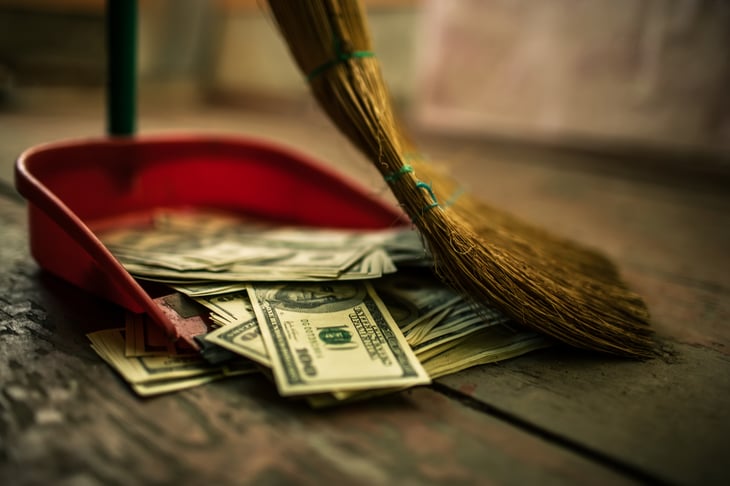
Skip the hose and grab a broom next time you clean your driveways and sidewalks. This small maintenance task can save up to 150 gallons of water every cleaning.
Due to its effectiveness, some cities, such as Los Angeles, have required broom cleaning by law during droughts.
20. Collect rainwater in a barrel

Harvesting rainwater is a natural irrigation method that collects rain in a barrel for you to reuse on your yard or garden. Some states, such as Texas and Rhode Island, even offer a tax incentive. Other states have particular laws about the practice, so make sure to do some reading before you collect.
Another important reminder is that rainwater harvesting can pose a health problem if the water is consumed, so always keep your barrel somewhere safe from the reach of small children and pets.
Adopting small habits can have a big impact on your water footprint. And conserving water at home isn’t just good for the planet, but for your wallet, too. You can save an average of $140 on your water bill each year by reducing your water consumption to less than 1,000 gallons per month.
Energy-efficient upgrades often pay for themselves in less than a year through your water and electricity bills, and they can also reduce your monthly home insurance premiums.
Sources: Energy.gov | EPA | National Geographic






Add a Comment
Our Policy: We welcome relevant and respectful comments in order to foster healthy and informative discussions. All other comments may be removed. Comments with links are automatically held for moderation.